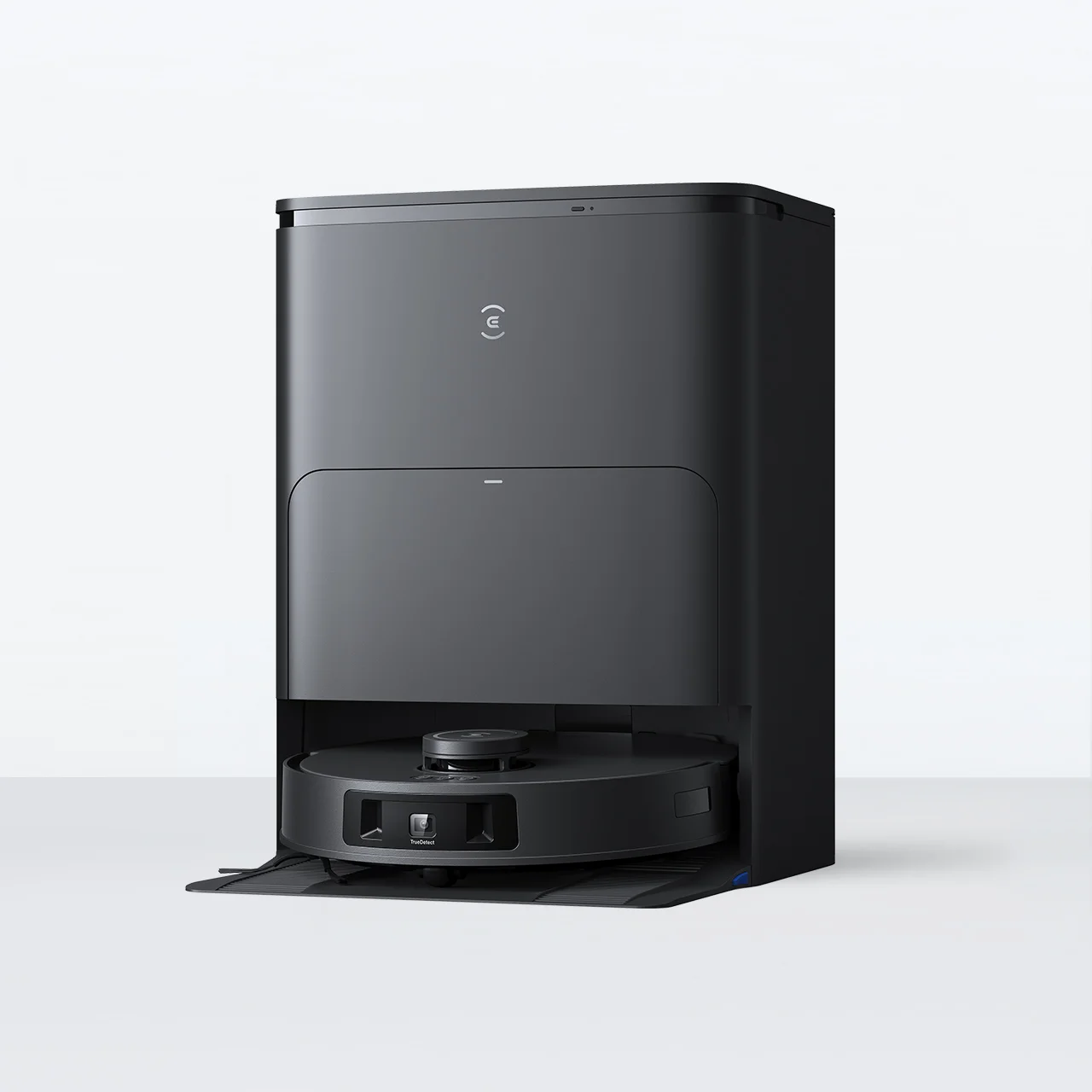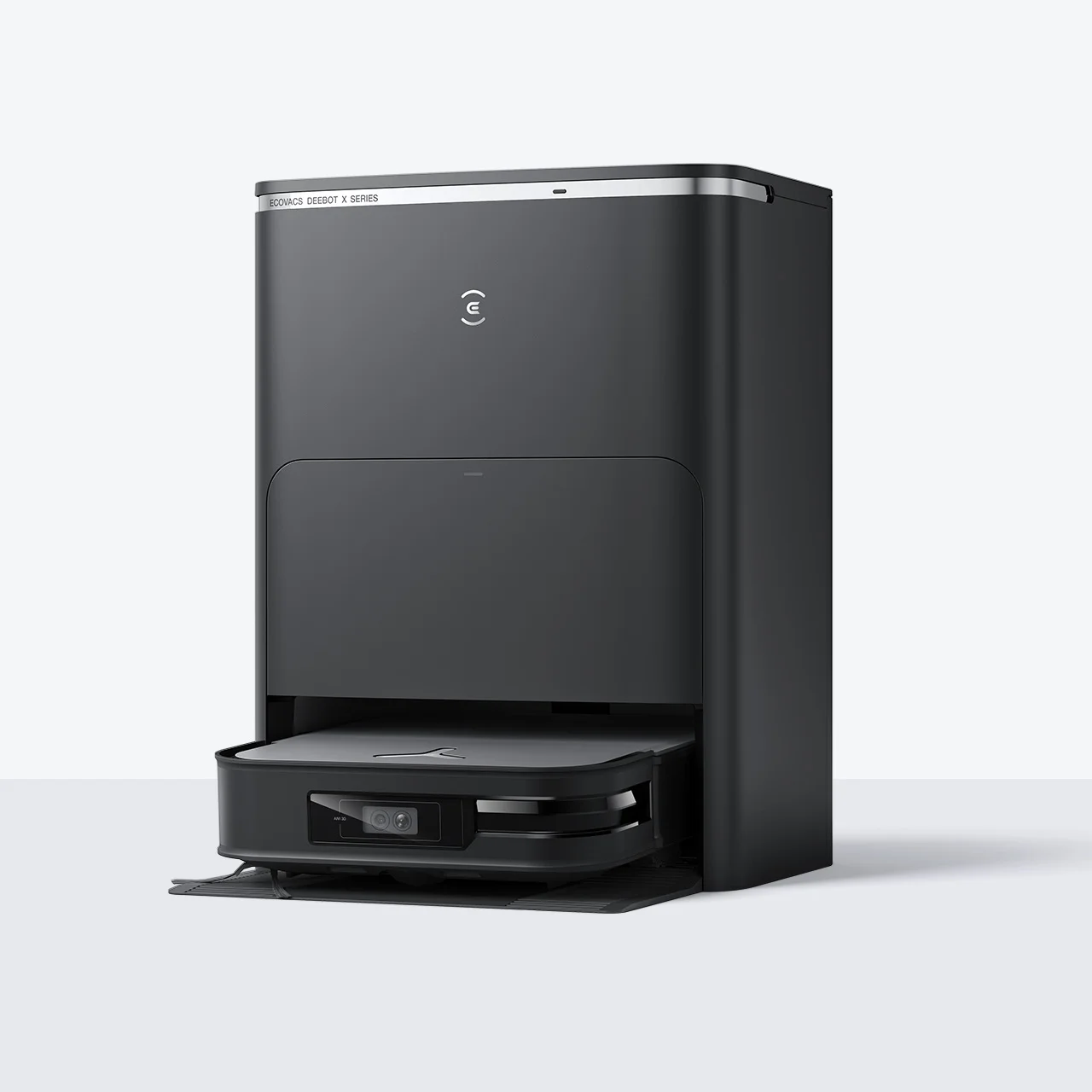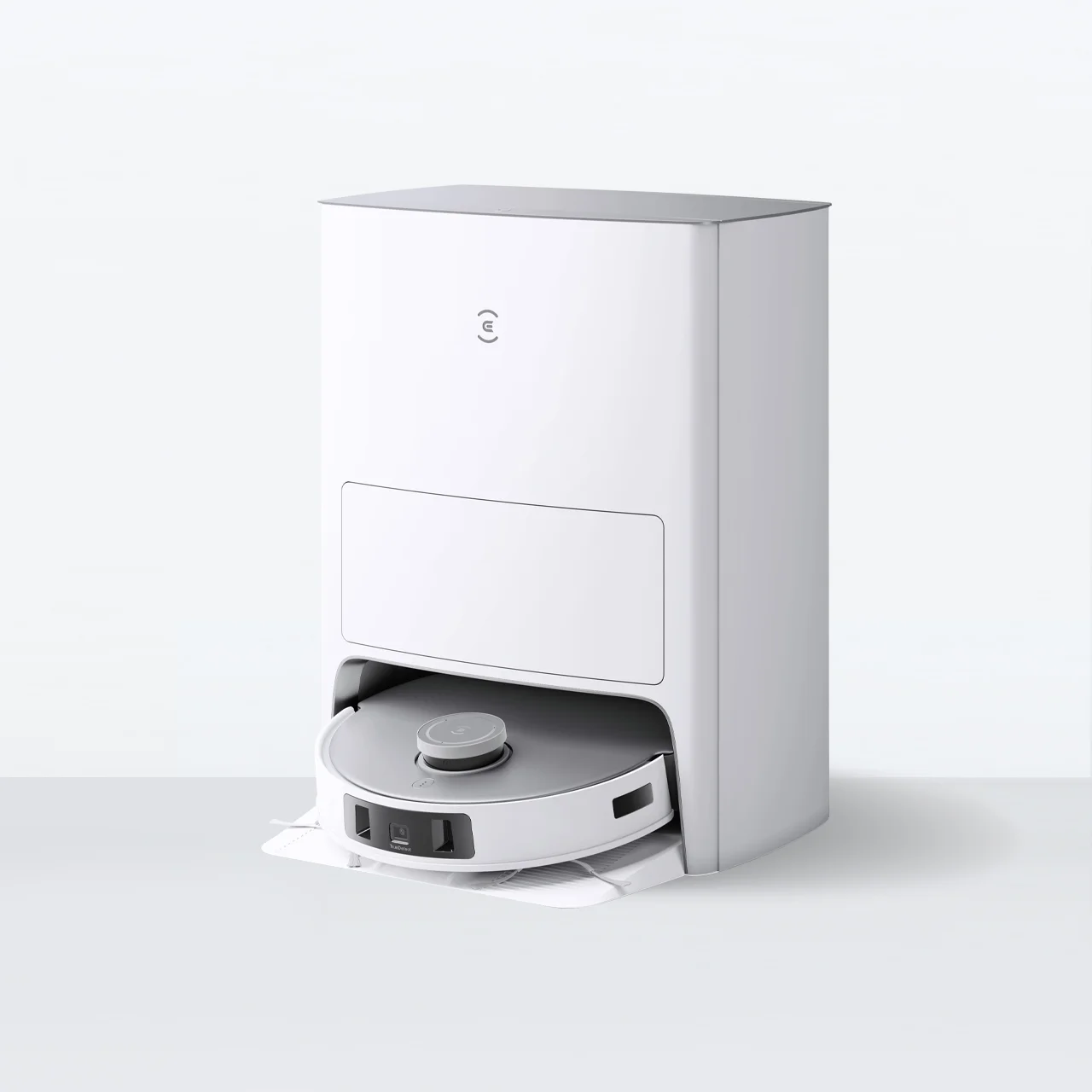
According to the American Home Shield, the average size of a single-family home in the US has grown significantly, from 909 sq ft in 1949 to an impressive 2,480 sq ft in 2021. With larger homes comes the increased responsibility of keeping them clean, robot vacuum cleaners can simplify your cleaning routine considerably. However, neglecting regular maintenance, especially the sensors, can have serious consequences. Dirty sensors can drastically reduce your vacuum’s efficiency, causing collisions with furniture and walls and shortening its battery life. Fortunately, cleaning these sensors is straightforward; all you need are a few basic cleaning supplies.
Why You Need To Clean Your Robot Vacuum Sensors?
Cleaning the automatic vacuum sensors is crucial because it ensures accurate navigation, reduces collisions, and extends battery life. Dirty sensors can cause the vacuum cleaner to miss dirt patches, get stuck under the couch or other furniture, or navigate incorrectly. When the sensors get obstructed by dust or debris, the device may struggle to move accurately around your home, often bumping into furniture and walls or getting stuck in one area. This leads to inefficient cleaning, as it misses dirt patches or repeatedly covers the same spots. If collisions increase due to incorrect navigation patterns, this can also cause unnecessary wear and tear on the vacuum and shorten its lifespan.
It is important to regularly maintain your robot vacuum cleaner so that it has optimal performance and lasts for a long time. By cleaning sensors, brushes and filters, you prevent the build-up of dust and debris that can impair functionality. This also reduces the risk of mechanical issues, which can cost you a fortune.
What Are The Different Types Of Robot Vacuum Sensors?

Auto vacuums come equipped with various types of sensors to navigate, move and clean effectively.
Cliff Sensors (Drop Sensors)
Located at the bottom of the device, cliff sensors use infrared light to sense sudden changes in elevation. When it detects a drop-off, it quickly changes direction to prevent a tumble. This feature is especially best for larger homes with multiple levels so you can be assured that your smart vacuum will clean efficiently without taking a nosedive down the stairs.
Bumper Sensors
Bumper sensors detect physical contact with furniture, walls and other objects. When the device bumps into something, it sends a signal to change direction and allows it to continue cleaning efficiently without getting stuck. Using these sensors, the device maps your home's layout, moves effortlessly, and ensures thorough cleaning even in cluttered areas.
Infrared Sensors
Infrared sensors emit infrared light to detect the position of the charging dock, guiding the vacuum home when it’s time to recharge. This means that it is always ready for the next task without you having to use any manual effort.
Camera-Based Sensors
Camera-based sensors capture images of your home’s layout, allowing the robot floor cleaner to create detailed maps. With this technology, it can efficiently plan its cleaning path, avoid obstacles and ensure thorough coverage. These sensors also enable features like room-specific cleaning and setting up no-go zones which gives you greater control over your cleaning routine.
Dirt Detection Sensors
Are some areas of your house more dusty than others? Dirt detection sensors detect higher concentration of dirt, dust and debris on your floors and spend more time and effort on those areas. You may find this especially useful in places where messes are more likely to occur, like entryways or kitchens.
Ultrasonic Sensors
Ultrasonic sensors emit sound waves that bounce off obstacles and return to the robot vacuum, helping it accurately gauge the distance to furniture, walls and other items. This precise measurement allows it to navigate your home smoothly while avoiding collisions and cleaning around obstacles.
Wheel Sensors (Optical Encoders)
Ever wonder how your automatic vacuum cleaner doesn’t go over the same areas twice? Wheel sensors, also known as optical encoders, monitor the rotation of its wheels and provide accurate data on how far and fast it has moved. By knowing the exact position, it can cover every inch of your floor without missing spots or retracing its steps.
How To Clean Robot Vacuum Sensors?

For cleaning the sensors, you will need a soft lint-free cloth such as microfiber, a compressed air canister, a small brush (e.g. toothbrush), and optionally, a mild cleaning solution. Remember to always turn off and unplug your device before cleaning to avoid electric shock or damage. Use only soft materials to avoid scratching or damaging the sensors, and if you want more specific instructions, refer to the user manual.
To clean your robot vacuum sensors,
● Turn off and unplug your smart vacuum and place it on a clean, flat surface
● Remove the dust bin and empty it so you can easily access the sensors
● Locate the sensors, which are commonly found around the front bumper, underside and wheels by referring to your user manual
● Gently wipe each sensorwith a soft, lint-free cloth. For areas that are hard to reach, use a small brush or compressed air to dislodge dust and debris.
● If necessary, dampen the cloth with a mild cleaning solution andclean the sensors.
● Once all sensors are clean, reassemble the device, turn it back on, and perform a test run.
There are several common mistakes you should avoid when cleaning the sensors.
● Don’t use harsh chemicals which can damage the sensors and other components of the machine.
● Don’t apply too much pressure which can scratch or misalign the sensors.
● Clean the sensors regularly as part of your vacuum’s maintenance routine.
● Always consult your user manualfor best cleaning practices, as each model has specific needs.
How Often To Clean Your Robot Vacuum Sensors?
The frequency of cleaning the robot vacuum sensors depends on various factors such as how often you use it, size and environment of your home and recommendations from the manufacturer. If you use your smart vacuum daily, you may have to clean its sensors weekly to maintain optimal performance. For less frequent use, bi-weekly or monthly cleaning might suffice. In larger homes with daily vacuuming requirements (e.g. if you have a household with pets or dust), the sensors may require even more frequent cleaning.
Pay attention to error messages that indicate dirty sensors need immediate cleaning. For example, the smart vacuum’s solid red light may start blinking which may signal sensor malfunction. Manufacturers often provide specific guidelines based on the model’s design and sensor type. For example, for DEEBOT X2 COMBO and DEEBOT X2 OMNI, the recommended sensor cleaning frequency is once per month, but DEEBOT T20 OMNI sensors should be cleaned at least once per week.
What Are the Common Sensor Errors and How To Fix?

Automatic vacuum sensors can encounter several issues that affect performance such as blockages, battery malfunctions or navigation errors. Resolving these issues is usually pretty straightforward.
● If your robot floor cleaner has blocked sensors or if it keeps going in circles, dust or debris might be obstructing them. To fix this, turn it off, unplug it and gently clean the sensors using a soft, lint-free cloth.
● Another common error is cliff sensor malfunction, where the machine falsely detects a drop-off and avoids certain areas. Cleaning the cliff sensors on the underside often resolves this issue.
● In addition, problems with wheel sensors can cause the vacuum cleaner to struggle with navigation or get stuck. In this case, inspect the wheels for trapped debris and clean them thoroughly.
● Battery-related errors can also impact sensor performance; ensure the battery is fully charged and replace it if it shows signs of wear.
If these steps don’t resolve your issues, try resetting the robot vacuum to recalibrate the sensors. To perform a reboot, press the ‘home’ and ‘clean’ buttons simultaneously for a few seconds until you hear a sound. Release the buttons and wait for the device to restart. For a factory reset, open the app and look for the factory reset option, which may vary by manufacturer.
Alternatively, you can contact customer support by finding the contact in the user manual, the manufacturer’s website or the mobile app. Make sure you provide the model number of your robot vacuum, the serial number (usually found on the underside of the device or in the user manual) and a detailed description of the issue, including any error messages or unusual behavior. If you’re experiencing sensor issues with your DEEBOT, contact our online customer care or email customerservice@ecovacs.com for further assistance.
FAQ
Can I use alcohol to clean my robot vacuum sensors?
Avoid cleaning the robot vacuum sensors with alcohol as it can damage its delicate components. Harsh chemicals can also degrade the sensors or leave residue that interferes with their functionality. Instead, use a dry and soft lint-free cloth to clean the sensors.
How do I know if my robot vacuum sensors are faulty?
You might suspect that the sensors are faulty if the smart vacuum frequently bumps into objects, misses dirty patches, or keeps stopping. Other signs include error messages related to sensors, erratic navigation patterns, or avoiding certain areas unnecessarily.
How do I prevent my robot vacuum sensors from getting dirty?
For optimal performance, regularly clean the sensors and the surrounding area. Keep your floors free of excessive dust, pet hair and clutter. You can also set up no-go zones around particularly dusty or sensitive areas to protect the sensors.
Related Products









